| Columns Retired Columns & Blogs |
These must be amazing speakers if they make Don's guitar work sound "harmonically right".
I used DRA Labs' MLSSA system and a calibrated DPA 4006 microphone to measure the Linn Majik 140's frequency response in the farfield. For the nearfield responses, I used an Earthworks QTC-40. All farfield measurements were taken on the supertweeter axis, which is 36" from the floor—a typical ear height for seated listeners, we've found. I estimated the Majik 140's voltage sensitivity on this axis as 88.1dB(B)/2.83V/m, which is slightly above average but conforms with Linn's specification. However, the Linn is drawing more than 1W from the amplifier at this voltage level. Its impedance drops below 4 ohms in the lower midrange and upper bass, reaching a minimum value of 2.5 ohms at 138Hz. There is also a combination of 5 ohms and 43° capacitive phase angle at 84Hz. The Majik 140 will need to be used with an amplifier rated at 4 ohms to get the best performance from it. With the port on the rear panel sealed with the supplied foam plug, the impedance is identical to that shown in fig.1 above 90Hz, but below that frequency has the single magnitude peak typical of a sealed enclosure with a tuning frequency of 59Hz (fig.2).
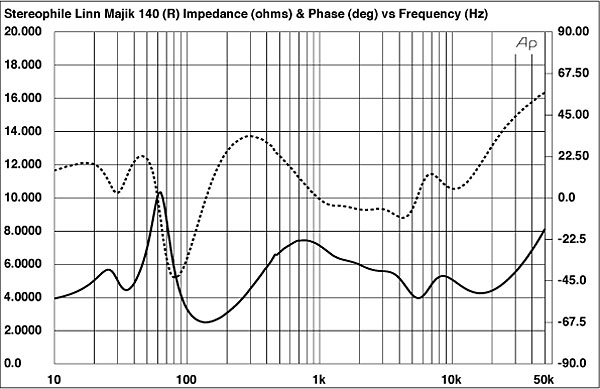
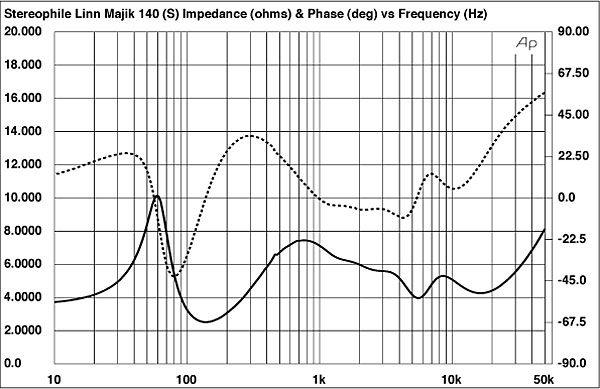
A suspicious-looking wrinkle in the impedance-magnitude trace implies the existence of some sort of resonance between 400Hz and 500Hz. Investigating the cabinet's vibrational behavior with a simple plastic-tape accelerometer revealed the presence on all surfaces of a strong mode at 453Hz (fig.3). Playing the half-step–spaced toneburst track from my Editor's Choice (CD, Stereophile STPH016-2), I could readily hear this resonance with a stethoscope, but it was much harder to hear from the listening position with music playing. The resonance is of very high Quality Factor (Q), meaning that to be fully excited, it needs to be stimulated by a number of cycles of the exact frequency equal to the Q. It is possible, therefore, that this resonance measures worse than it sounds, though I felt male voices had a somewhat overwarm presentation that perhaps could be laid at the feet of this misbehavior.
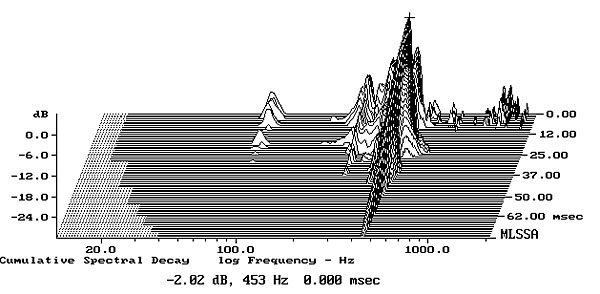
The fact that the Majik 140 has four pairs of binding posts, to allow quadamping or quadwiring, allowed me to measure each of its four drive-units individually. The results are shown in fig.4. The supertweeter (red trace) rolls in sharply above 6kHz as specified, and is flat on axis within its passband. The tweeter (blue trace) rolls off above 6kHz with an equally steep slope, but, like the tweeter of the Linn Majik 109 (reviewed by Bob Reina in May 2009), its in-band behavior is disturbed by a suckout. The 140's tweeter is actually worse in this respect than the 109's (see fig.3 at http://tinyurl.com/47hl9u4), but as in the 109, this results in a suboptimal crossover to the midrange unit (magenta trace), at least on axis. The midrange unit's output bumps up in the upper midrange, and its upper-frequency rolloff is disturbed by a small peak between 4 and 5kHz, but its output is otherwise well behaved. At the other end of the audioband, the midrange unit rolls off below 100Hz with the second-order, 12dB/octave slope typical of a sealed enclosure.
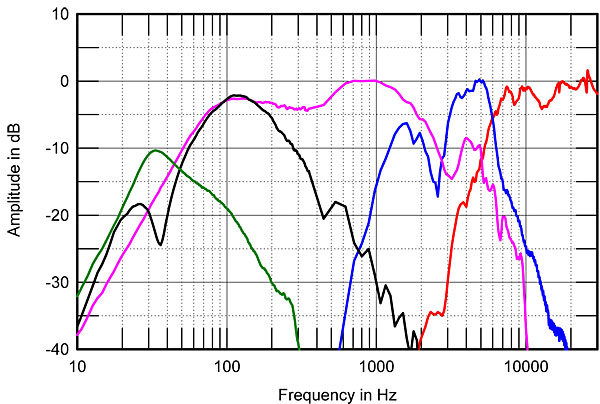
Linn describes the Majik 140 as a four-way design, but you can see in fig.4 that the woofer's output actually duplicates that of the midrange unit in the 80–160Hz octave, rolling off with a second-order slope above that region. The woofer's response has a sharp notch at 36Hz that the impedance-magnitude trace in fig.1 confirms is the tuning frequency of the rear-facing port (footnote 1). The output of the port itself (green trace) peaks between 25 and 50Hz, suggesting good low-frequency extension. When I listened to the 1/3-octave warble tones on Editor's Choice, the 140's output was respectable down to the 40Hz band, with still some useful bass output apparent at 32Hz. Commendably, there was very little "doubling" audible; the Majik 140's woofer must produce relatively little distortion. With the reflex port sealed, the woofer's low-frequency rolloff (not shown) is almost identical to that of the midrange unit.
The trace above 300Hz in fig.5 shows how these individual responses sum on the supertweeter axis in the farfield. The most noticeable features are the two large suckouts, one each in the lower midrange and low treble. The latter was expected, as it results from the suboptimal crossover between the tweeter and the midrange unit. The former surprised me enough that I checked both samples of the speaker and repeated the measurement, only to get the same result. The problem is that this suckout lies in the region where quasi-anechoic techniques such as MLSSA have insufficient resolving power to produce definitive results. But I suspect that it arises from the shelving up of the midrange unit's response seen in fig.4 and the reinforcement of the midrange unit's output by the woofer's in the upper bass, the combination leaving the lower midrange with insufficient energy to blend evenly.
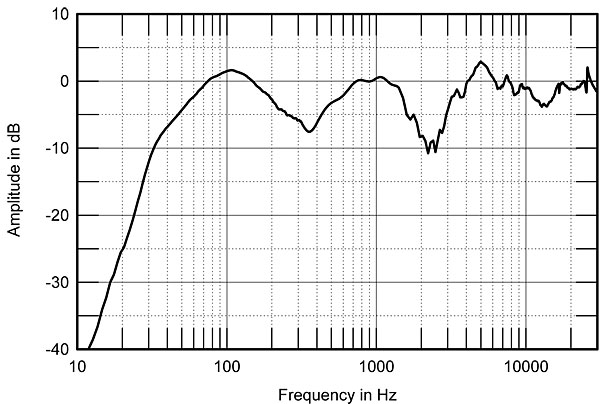
Figs.4 and 5 concerned the Majik 140's on-axis behavior, but the effect of that behavior on a loudspeaker's sound quality can't be considered in isolation; the speaker's dispersion also needs to be taken into account. Fig.6 shows how the Majik 140's response changes to the speaker's sides. The apparent off-axis flare at the cursor position in this graph (2.4kHz) indicates that the on-axis suckout in this region tends to fill in to the sides, something that also happened with the Majik 109 but to a greater degree. Above 2.4kHz, the tweeter and supertweeter have a narrower radiation pattern than I would have expected, given the small radiating diameter of these drive-units. As a result, the Linn speaker might sound a little too mellow in large, overdamped rooms. In the vertical plane (fig.7), the mid-treble balance improves above the supertweeter axis but worsens below.
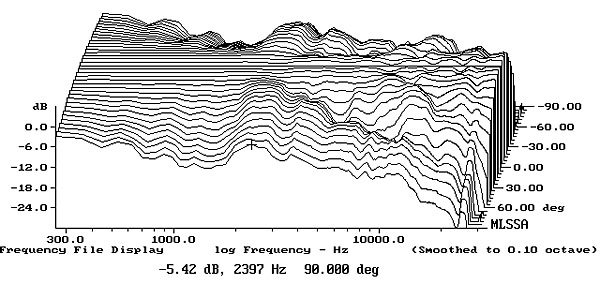
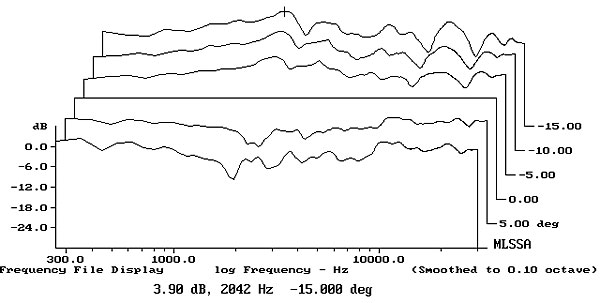
To further explore the Majik 140's somewhat idiosyncratic measured behavior, I set the review samples up in my own listening room. Fig.8 shows the spatially averaged response in my room, with 10 measurements taken independently for each speaker in a vertical rectangular grid measuring 36" by 18" and centered on the positions of my ears. The same triple-humped curve seen in the quasi-anechoic response is evident in this graph. However, I didn't hear the lack of presence-region energy as such; instead, it threw the region between 3 and 6kHz into contrast, making it sound too high in level. The excess was audible with pink noise, and it emphasized vocal sibilance a little. On the other hand, the measured lack of midrange energy was not as audible as I'd expected. Male voices didn't sound too small, which is the usual effect of a lack of energy in this region. Instead, I felt the balance was both bass-heavy and a little "chromium-plated" in the treble, which suggests that I was actually locking on to the level in the midrange as being correct, and thus hearing the regions on either side as being unduly emphasized.
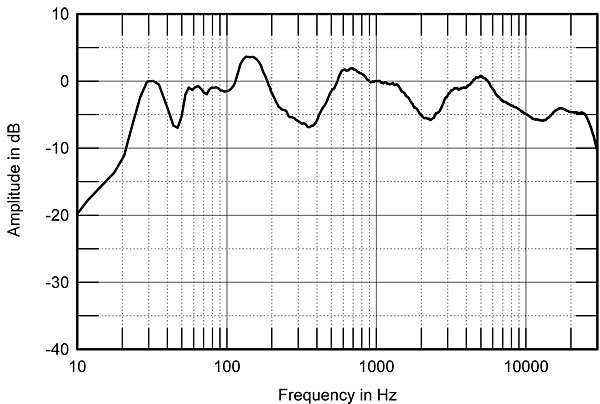
Turning to the time domain, the Majik 140's step response on the supertweeter axis (fig.9) suggests that all four drive-units are connected in positive acoustic polarity, which I confirmed by looking at the drivers' individual step responses (fig.10). The supertweeter's output (red trace) arrives first at the microphone, this blending smoothly into that of the tweeter (blue). However, the arrival of the midrange step (green trace) coincides with the opposite-polarity overshoot of the tweeter's step, which correlated with the suboptimal frequency-domain integration of their outputs seen in fig.5. Similarly, the lazy arrival of the woofer's step (black trace) coincides with the negative-going decay of the midrange unit's step.
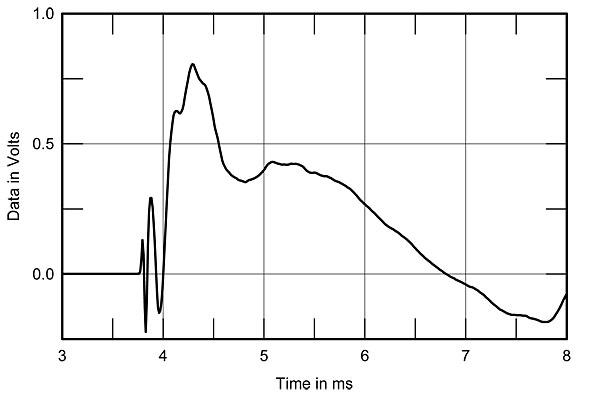
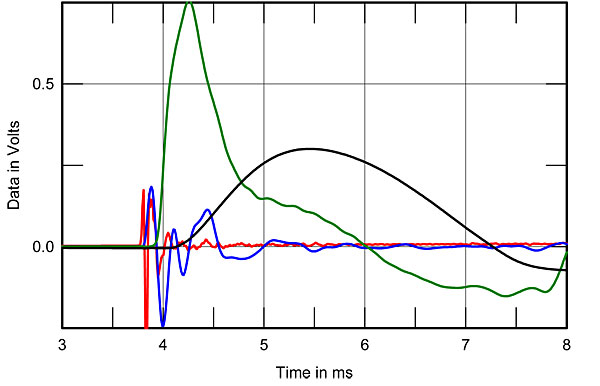
Finally, while some low-level treble hash can be seen in the Majik 140's cumulative spectral-decay plot (fig.11), the high-frequency region's decay is generally clean. Things get complicated in the crossover region between the midrange unit and the tweeter, however.
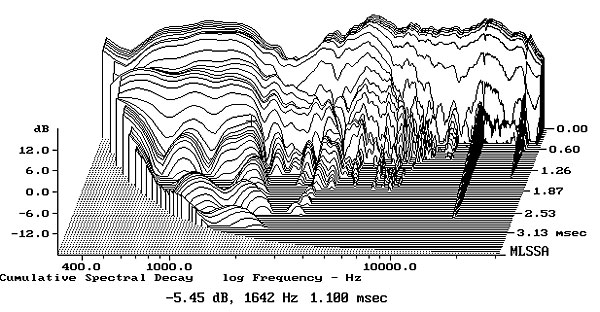
Summing up the Linn Majik 140's measured performance is difficult. On the one hand, there are some definite problems: that lively cabinet, the sub-optimal drive-unit integration on axis. On the other hand, the problems seemed to step out of the way of the music much of the time. Some listeners will love this speaker for what it does right; others will not be so impressed because of what it does wrong. Bob Reina is definitely in the former camp.—John Atkinson

These must be amazing speakers if they make Don's guitar work sound "harmonically right".

Lately have not been a fan of Linn products; overpriced and better sounding gear out there. However I do miss the 80's and 90's when they introduced the Klout, Kairn, Kremlin, Karik, Numerik, Kelidih and Kabers some of these products I used to own. It is good to see a speaker that follows in that tradition.

I would be very interested to see the effect of using Linn's Exakt system (Exaktbox-I is designed for the 140)
as this would completely bypass the crossovers in the speakers and it would be very interesting to read a professional opinion of the change - I can find not a single review of this anywhere in the world!